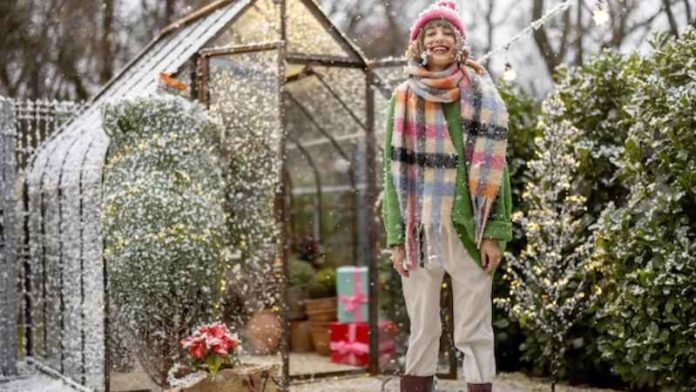
Do you think winter gardening is a downer, or no crops will survive the harsh cold? That’s not always true. Winters don’t always take away all signs of life. Some crops never stop growing, while some vegetables grow in specific temperatures. But the secret to growing high-yielding produce in winter is to prolong your plantation season. If you want to know how to grow vegetables in the winter, you must also know what vegetables are best to grow in the cold season. Some vegetables can withstand frost once they get certain growth. Here we will discuss everything about the art of growing vegetables in the winter.
The Art Of How To Grow Vegetables In The Winter
Let’s look at the best ways how to grow vegetables in the cold season and make sure they get the best chance to become a bountiful winter garden.
1. Choose The Hardy Vegetables

Mastering how to grow vegetables in the winter requires you to have a complete understanding of crops. Choose vegetable crops that can withstand cold temperatures and frosts. Green leafy vegetables are the best winter crops, such as; arugula, spinach, parsley, and endives. Or you can plant root vegetables, including carrots, radishes, and beets.
2. Protect Vegetable Crops From Cold
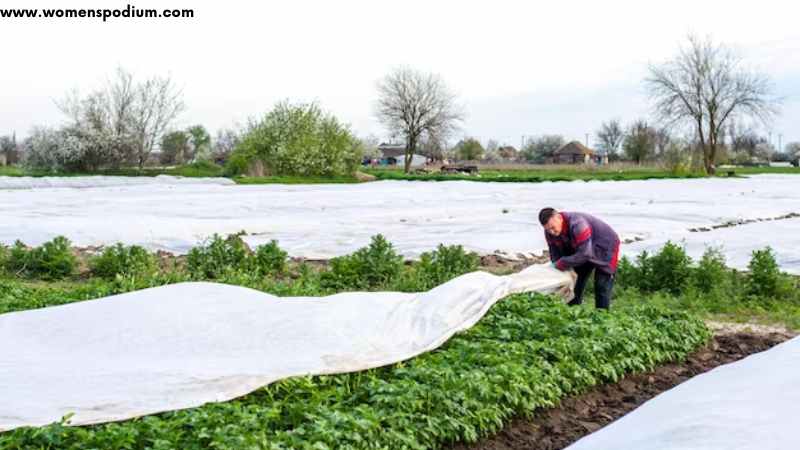
The next step is protecting crops for you to know how to grow vegetables in the winter. You can install a shelter for your crops before the first frost hits them. It will save your vegetables from the cold. One form of shelter or protection is the mini tunnel. You can also build straw-build cold frames which surround your leafy green vegetables.
3. Take Extra Care In Growing Them
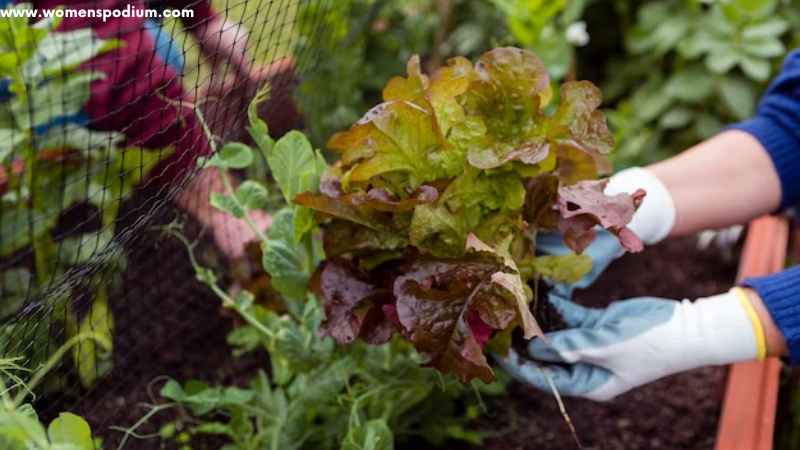
Crops don’t need much water in winter because the moisture they get from snow and rain is enough. You only need to water them sparingly. The water retains much longer in soil because there is less sunlight making soil dry out quickly.
What Vegetables Can You Grow In Winter?
If you are someone who is vegetarian and wants to have purely organic food, indoor vegetable gardening is for you. When you start gardening at home, you are one hundred per cent sure there are no harmful pesticides in your vegetables. How to grow vegetables in the winter requires some sincere effort and learning, so to start with, try planting winter vegetables like lettuce, cabbage, green peas, green onions, and spinach. Some are greenhouse veggies, while some can be grown on lawns.
1. In Greenhouse

If you have already set up a greenhouse for some plants in your house, you can add some more crops to that queue. Vegetable crops like potatoes, white lettuce, cabbage, and broccoli thrive best in a greenhouse. They can also survive outdoors with a good shelter. Involve your kids in gardening. Seeing veggies growing at home might capture your kid’s interest, and who knows, your kids might start loving their greens.
2. In Outdoor Lawn
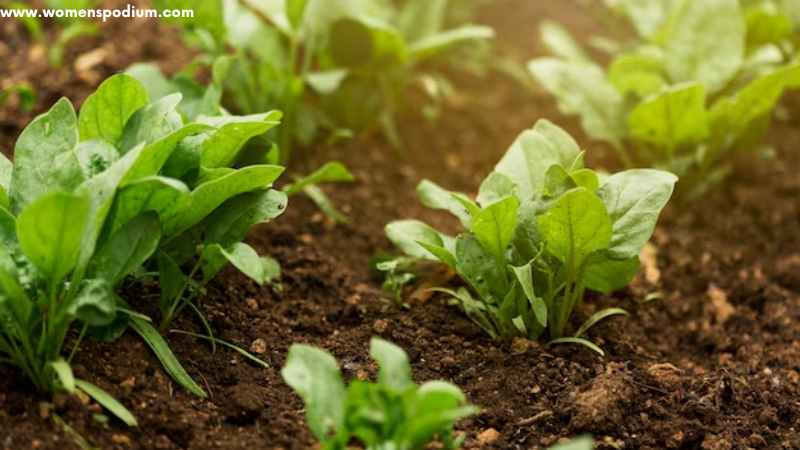
While indoor vegetable gardening is fun, you can enjoy outdoor gardening in your backyard. Some of the most delicious vegetables can be grown perfectly on your lawn in winter. These crops include Brussels sprouts, capsicum, and turnips.
When Can You Plant Vegetables To Grow In Cold Season?
Want to know when to seed and plant your winter crops? Most of the vegetables that grow in the cold season are planted or implanted in midsummer or until the early autumn season. That also depends upon the type of crops. If you want to start smart gardening, start by reading seed catalogues. With each crop description, you will better understand which crops have more cold tolerance. For example, Winterbor or Redbor kale is a more cold-tolerant crop than Lacinato kale which we enjoy in autumn, spring, and summer. Nevertheless, you will have a fresh availability of vegetables for your instant vegetable pulao.
List Of Vegetables To Grow In The Winter Season
There are lots of the most popular vegetables that grow in the winter season. If you are fond of indoor gardening, the following are the best crop options.
1. Beets

Beets are one of the vegetables to grow in the winter season; they are a cold-season annual crop. They are delicious and nourishing at the same time. Subsequently, they can survive the harsh frost and breezes. Furthermore, the best seeds will always germinate in freshly ploughed, cool soil. So, they are best to grow in the winter season.
2. Celery

It usually grows inside initially. After ten weeks, you can plant them outdoors. Moreover, when the temperature settles, and the soil becomes warm, you can transplant the plant once it reaches a height of 4-6 inches. Furthermore, you need to be careful to plant the seed with 2 feet distance in between.
3. Kale

It is planted mainly in the cold season as it flourishes well in the cold. Its taste depends on the season, and kale’s flavour is much tastier when the cold brings frost. You can plant them in rows with a gap of 18 inches with 2 feet distance and transplant them when the seedlings are of 3-inch height.
4. Leeks

This plant can easily grow indoors for about 8-10 weeks. You can plant it outside as it starts to frost; ensure the seedlings should be 3-4 inches tall. Moreover, the soil should be ploughed enough so that it can cover the roots. These are specially used in culinary dishes.
5. Turnips

They are white bulb-shaped structures. The best part about it is its leaves are edible. You can harvest them after the first frost. For proper growth, they need cooler temperatures, especially at night. They can even survive temperatures as low as 25F. Plant them 1/2 inch deep with a distance of about 4-6 feet apart.
6. Spinach

Spinach survives in the cold, short autumn days and flourishes in winter. You can sow the seeds in the open soil beds in mid or late-September. When winter comes, you can cover the bed with mini tunnels. You can sow the seeds ½ inch in depth with 2 inches column distance and 12-18 inches in rows.
7. Carrots

Winter carrots or candy carrots are so-called because of their sweetness. Like kale, leeks, and beets, the flavour enhances in frosts. You can sow the winter carrots from July to August. You should carefully sow the seeds ¼ inch deep. Keep them apart in rows, 16-24 inches. In winter, you can protect the bed with a mulch cover.
8. Lettuce

Lettuce is surely among the best vegetables to grow in the winter season. You can try harvesting the various hardy varieties, such as; Winter Marvel, or Red Salad Bowl. You can sow the seeds with a distance of 4-8 inches between them. You will have your homegrown lettuce as a fresh part of your veggie salad for lunch every day.
9. Brussel Sprouts
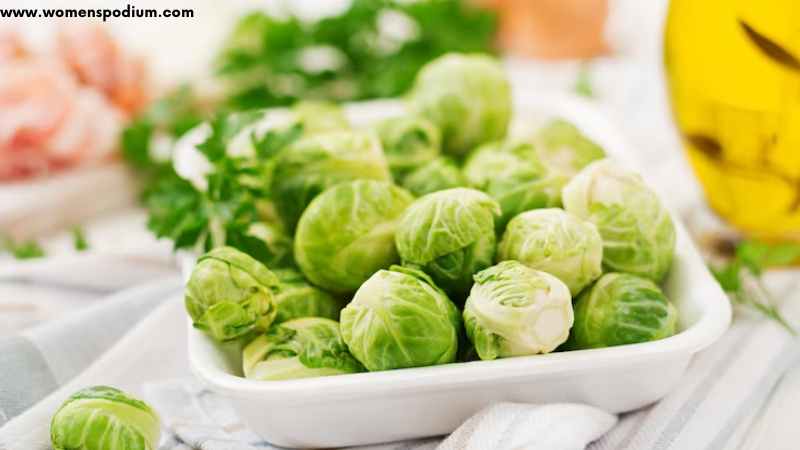
Brussels is the perfect vegetable to harvest in winter. Moreover, they can be grown flawlessly in winter. You can either sow seeds with a distance of 3-4 inches or plant the seedlings 18-24 inches apart. When harvesting them, make sure they are the same size.
10. Radish
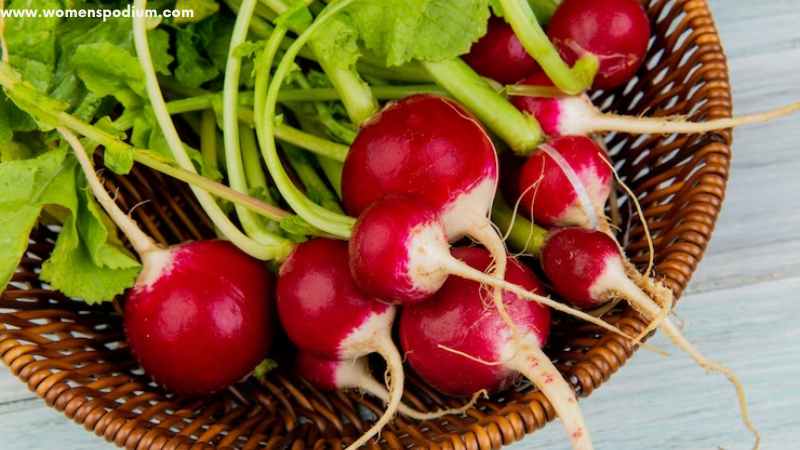
Radish is among the cold-hardy vegetables and has many health benefits. The crop can tolerate temperatures down to 20F, and some roots overwinter until early spring. You will have to sow the seeds in late summer, and you can harvest them after several months when they grow to 3-4 inches in diameter. The frosts develop the sweet flavour that you love.
Final Words
Now that you know how to grow vegetables in the winter season and some best vegetables to start growing as a beginner, you can start this year. Until next winter is approaching, you can collect the seeds of your favourite vegetables and grow them indoors.
Also Read: The best part of winter gardening is that you will have ingredients for your broccoli cauliflower soup at home.





